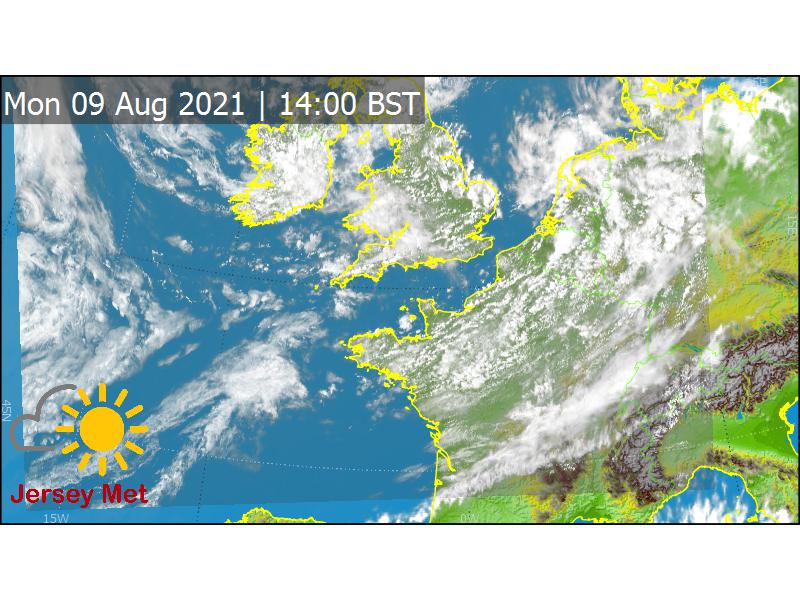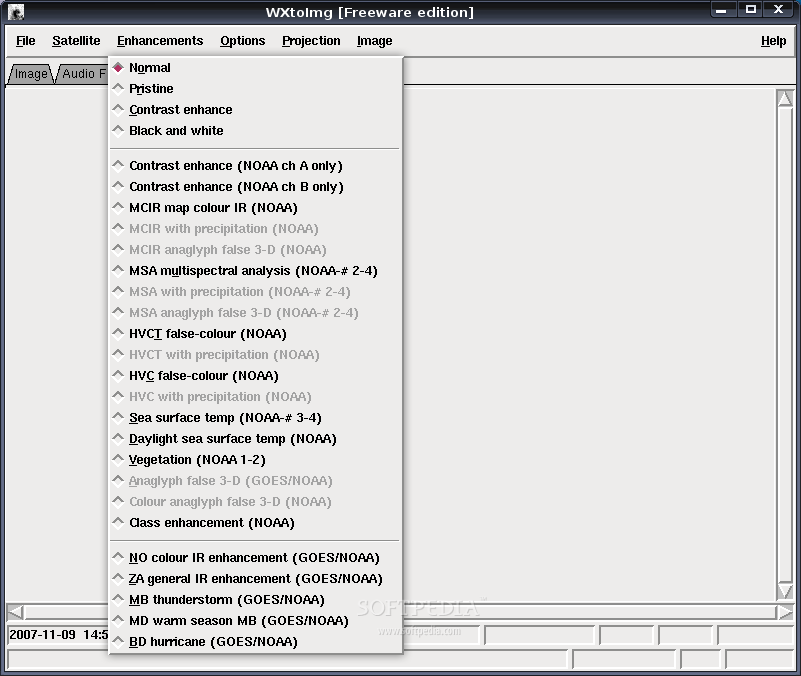
A great way to end the lesson and review key concepts. Print out the cards, cut and mix up, and have students match the pictures. I attached a helpful resource here for checking student understanding of the connection between the topographic map, satellite map, and profile view. Physically putting together the contour line derived shapes is very helpful in generating an understanding of the meaning of the contour lines. Instead of gluing the layers together, I would suggest leaving the layers separate and letting the students put together the pieces so that they can visualize how the lines on the map match the 3D profile.
WXTOIMG HOW TO GET MAP LINES CODE
I will be updating this code in the future as I improve the map.I love how you use foam here for the layers! I used cardboard when I did this activity with my students to teach topographic maps (TEKS 8.9C interpret topographic maps and satellite views to identify land and erosional features and predict how these features may be reshaped by weathering) and the cutting process took a long time. 4)Īs you can see, the plot is still a bit clunky with too many numbers, poor resolution, and legend too small. Theme(plot.title = element_text(hjust = 0.5, vjust = 0.05, size=25)) + Labs(caption = "Map by Rafael H M Pereira, UN World Population Prospects 2015 Revision") + Guides(fill = guide_colorbar(title.position = "top")) + Scale_fill_viridis(name="Life Expectancy", begin = 0, end = 1, limits = c(vmin,vmax), na.value="gray99") + Geom_text(aes(x = x, y = y, label = round(life_expect), frame = year), hjust=0, vjust=0, size = 4.5) + Geom_polygon(aes(x = long, y = lat, group = group, fill=life_expect, frame = year), color="gray90") + Wmap_df <- left_join(wmap_df, centroids, by = c('id'='country_iso3c')) # centroids

Wmap_df <- left_join(wmap_df, dt, by = c('id'='country_iso3c')) # data Wmap_df <- fortify(wmap, region = "ISO3") Now we just need to join the life expectancy data with the world map, and. Setnames(centroids, "rn", "country_iso3c") The Direction Menu The Direction item (fig.3) allows you to select a satellite direction manually or to leave WXtoImg to do. If you know a simple way to fix this, I would be glad to hear from you! # get centroids of countriesĬentroids <- gCentroid( wmap, byid=TRUE, id = <- ame(centroids)
WXTOIMG HOW TO GET MAP LINES SOFTWARE
If you are looking to get your dream software engineering position I’d recommend subscribing to Mosh’s all-access membership to improve your skills as a React developer. See for example Norway, Canada, Peru or Chile. Hopefully, this helped you to create a new line where needed in your web application. This is far from perfct because some strings will look a bit misaligned. I adopted a simple solution using the centroids of each country. We also need to get a pair of coordinates for each country, which will indicate on the map where we will place the tex with life expectancy values. Wmap <- subset(wmap, !(NAME %like% "Antar")) # Remove Antarctica Wmap <- spTransform(wmap, CRS("+proj=robin")) # reproject # get Min and Max values of life expectancy Year_cols country country_iso3c year life_expect # get name of columns with years of reference Install_github("dgrtwo/gganimate", ref = "26ec501") As a temporary solution, I've intalled an older version of the package, as recommended by the author of the gganimate, David Robinson. As of this writing, the current version of gganimate has a bug that messes the aesthetics of the.

First, let's load the necessary libraries and get the data.

Also, you can use night bus services that function along the core routes. The output of this script is a map like this one: Rome has over 350 bus lines with working hours from 5.30 am to midnight daily and with tickets that also applicable for the tram and metro and are valid for 100 minutes. The idea is to use open data to create a GIF, much like the ones created by Aron Strandberg but his maps look much nicer. Thanks Topi Tjukanov, who reminded me of the UN DESA data portal, where you can find this dataset and many others The data comes the UN World Population Prospects, 2015 Revision, and it brings life expectancy data from 1950 untill 2015 and projeceted data up to 2100.

This gist shows how to create an animated world map of life expectancy using R.


 0 kommentar(er)
0 kommentar(er)
